Scientists have made a breakthrough with an ALP facilitating underwater communication. Check out how this could be a game-changer for us.
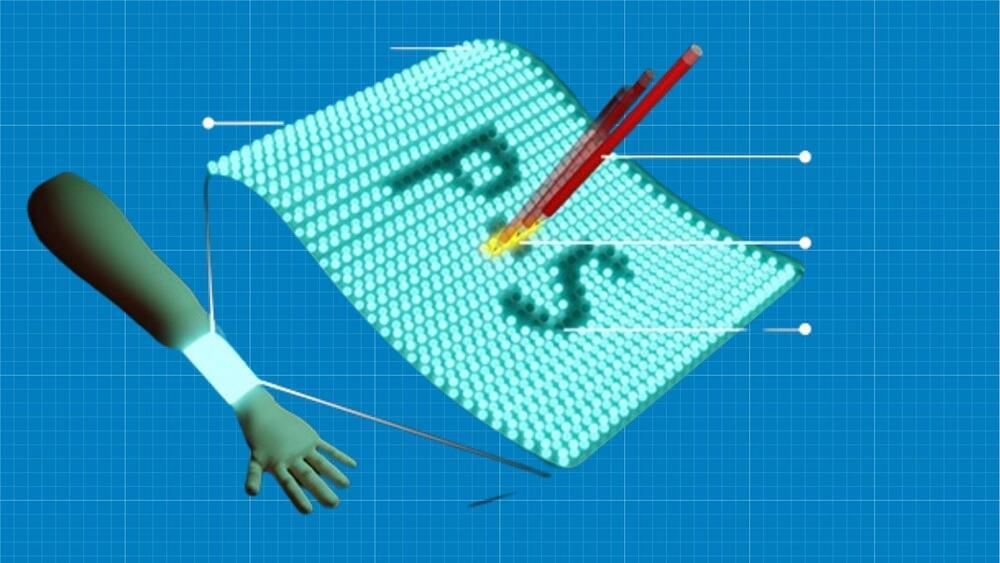

Researchers have discovered significant amounts of water vapor in the disc around the young star HL Tauri, suggesting the presence of water where planets are forming. This breakthrough, enabled by the ALMA telescope in Chile, marks the first time astronomers have been able to quantify water vapor in a cool, stable disc conducive to planet formation. The findings could have profound implications for our understanding of how planets, particularly those capable of hosting life, are formed. (Artist’s concept.) Credit: SciTechDaily.com.
Researchers have found water vapor in the disc around a young star exactly where planets may be forming.
Water is a key ingredient for life on Earth and is also thought to play a significant role in planet formation, yet, until now, astronomers have never been able to map how water is distributed in a stable, cool disc — the type of disc that offers the most favorable conditions for planets to form around stars.


The human brain has billions of neurons. Working together, they enable higher-order brain functions such as cognition and complex behaviors. To study these higher-order brain functions, it is important to understand how neural activity is coordinated across various brain regions.
Although techniques such as functional magnetic resonance imaging (fMRI) are able to provide insights into brain activity, they can show only so much information for a given time and area. Two-photon microscopy involving the use of cranial windows is a powerful tool for producing high-resolution images, but conventional cranial windows are small, making it difficult to study distant brain regions at the same time.
Now, a team of researchers led by the Exploratory Research Center on Life and Living Systems (ExCELLS) and the National Institute for Physiological Sciences (NIPS) have introduced a new method for in vivo brain imaging, enabling large-scale and long-term observation of neuronal structures and activities in awake mice.
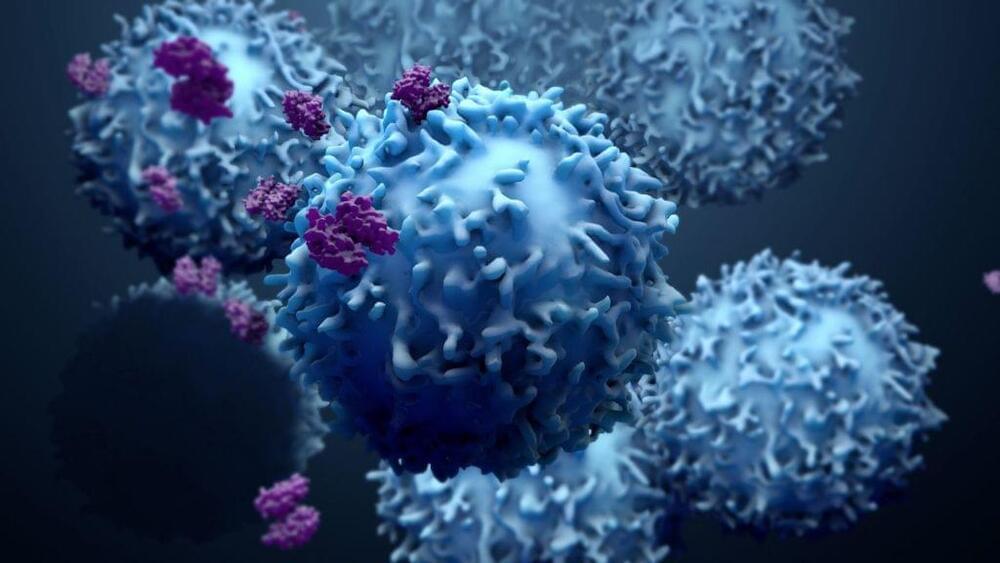
The potential for personalized cancer treatment is fueling the need to identify T cell responses against neoantigens and other cancer-specific epitopes for the success of immunotherapy. Continuous advancements of epitope discovery prediction technology is leading to precise identification of antigen-specific T cells, playing a central role in monitoring immune responses to infection and cancer immunotherapies. Hence, the understanding of major histocompatibility complex class (MHC) molecules and peptides interaction within the immune system is fundamental for developing treatments in diseases like cancer and the creation of innovative vaccines.
Fundamentally, in vivo interaction between processed antigen loaded on MHC molecules is important communication for the adaptive immune response to alert against foreign antigens or cancerous cells. MHC I and II molecules loaded with foreign antigens or cancerous fragments are of great interest to the activation of the adaptive immune response. In vivo, peptide exchange reactions are not required for presentation of antigens by MHC molecules because they bind degraded antigens during assembly in the ER. However, peptide exchange reactions play an important role in the assembly of MHC molecules in vitro. It becomes essential to consider the allelic variation and peptide binding when utilizing MHC molecules for T cell detection ex vivo. It has been shown that immunogenic peptides tend to interact with their restricting MHC molecule. Thus, having the capability to assess the binding affinity of an in vitro interaction between peptide and MHC I is highly valued.
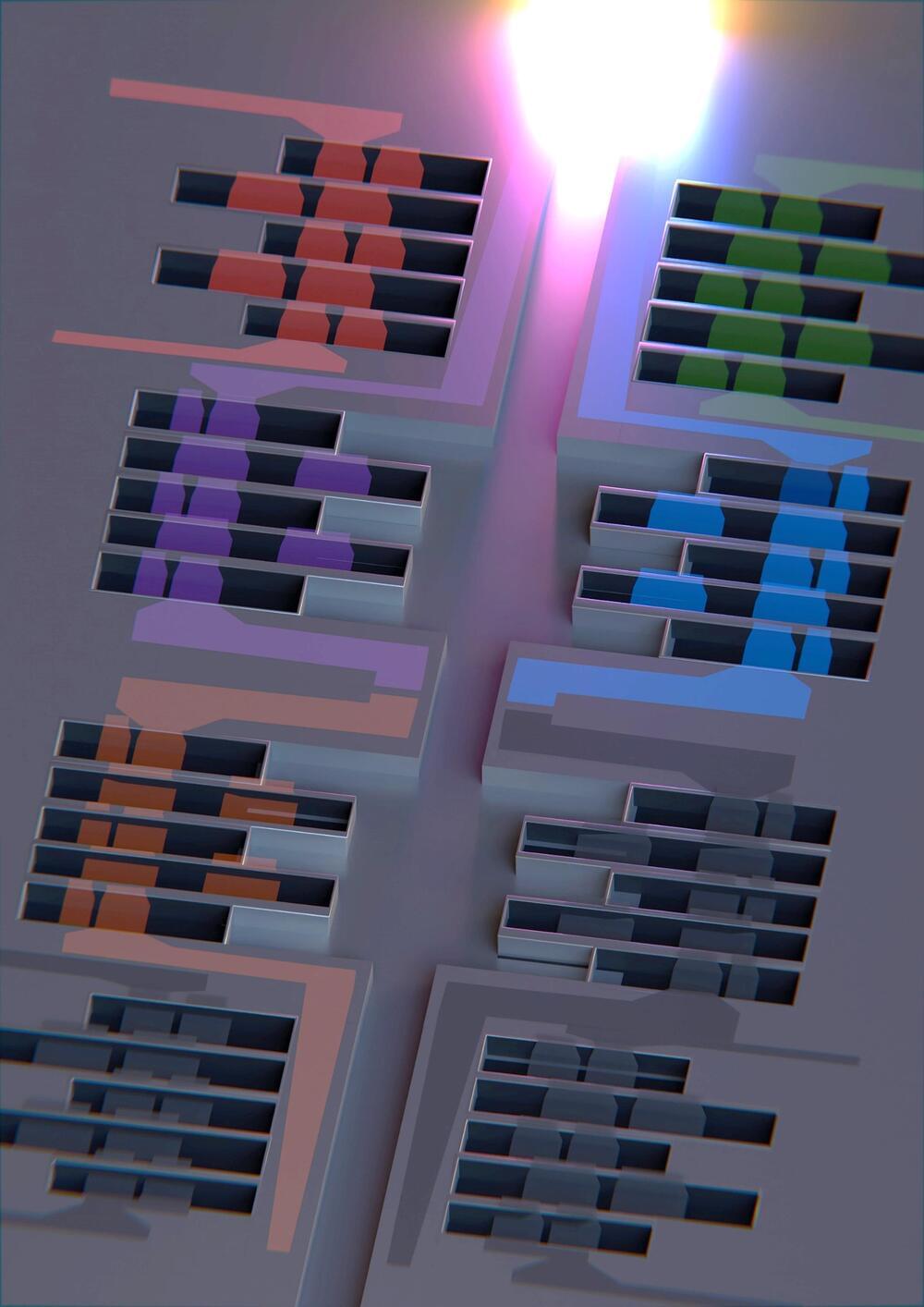
Scientists at the University of Florida have pioneered a method for using semiconductor technology to manufacture processors that significantly enhance the efficiency of transmitting vast amounts of data across the globe. The innovation, featured on the current cover of the journal Nature Electronics, is poised to transform the landscape of wireless communication at a time when advances in AI are dramatically increasing demand.
Traditionally, wireless communication has relied on planar processors, which, while effective, are limited by their two-dimensional structure to operate within a limited portion of electromagnetic spectrum. The UF-designed approach leverages the power of semiconductor technology to propel wireless communication into a new dimension—quite literally.
Researchers have successfully transitioned from planar to three-dimensional processors, ushering in a new era of compactness and efficiency in data transmission.
Join us for an extraordinary livestream webinar, ‘Paving the Way for the Future: Learning from 4 Biostasis Cases and the Challenges and Advancements at Tomorrow Bio’ featuring esteemed speakers Dr. Emil Kendziorra and Dr. Irishikesh Santhosh from Tomorrow Biostasis GmbH. This pivotal session, scheduled for March 18th, 2024, at 7:00 PM, will delve into the latest advancements and real-world applications of biostasis, focusing on the detailed processes and outcomes associated with four distinct patient cases from 2023.
In this webinar, we will explore the intricate procedures and challenges encountered during the biostasis process, including stabilization in the face of cardiopulmonary arrest, the nuances of surgical and perfusion procedures, and the critical cooldown process for long-term storage. Our experts will unpack the innovative techniques employed, the utilization of cryoprotectant solutions, cooling techniques, and the diligent monitoring through CT scans, alongside the resolution of unforeseen technical challenges.
Each case report offers a unique glimpse into the complexities of biostasis, presenting the issues faced, such as equipment malfunctions and procedural hurdles, and the subsequent strategies for resolution or planned mitigations. Through graphical presentations on temperature, pressure, and refractive index, and detailed analyses of CT scans, attendees will gain comprehensive insights into the cutting-edge methods and equipment pivotal to biostasis.
This webinar is not just a learning opportunity but a platform for interactive discussion. We encourage all attendees to engage with our speakers through live questions, share their insights, and participate in real-time polls. Whether you’re a seasoned medical professional, an avid student of science, or simply fascinated by the potential of biostasis to preserve life, this session promises to be both enlightening and engaging.
Mark your calendars for March 18th, 2024, at 7:00 PM, and prepare to be part of a groundbreaking exploration into the future of biostasis. Your participation and questions will enrich our collective understanding and foster a deeper discussion on the possibilities that lie ahead.
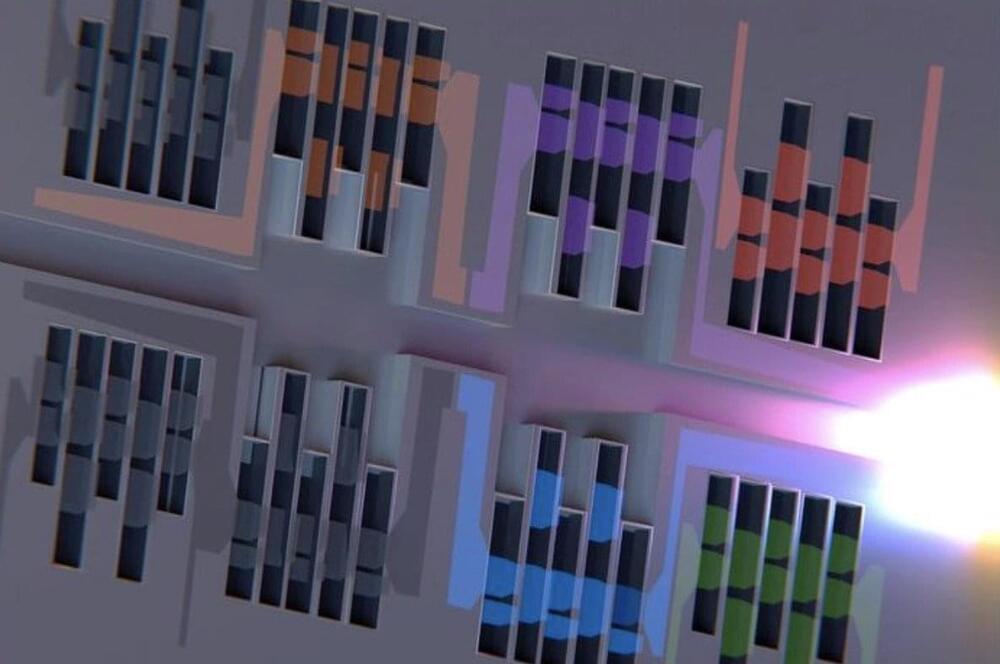
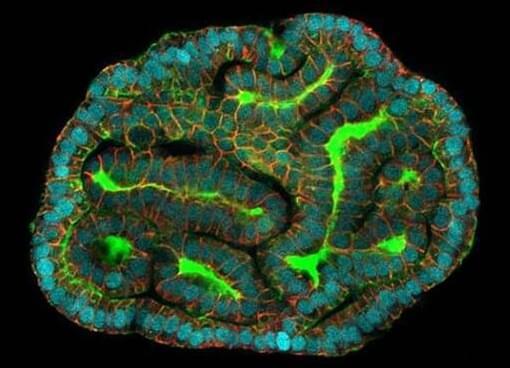
Scientists have grown small but complex models of human organs from live fetus cells for the first time, giving experts new insight into our development and potential treatments for malformations while in the womb.
These organoids aren’t full replicas of organs, but they’re close enough to the real deal that they can be used to study disease and other aspects of human biology that are difficult to investigate in living people.
In a new study carried out by an international team of researchers, lung, kidney, and intestine organoids were grown from living stem cells in amniotic fluid. This fluid helps to protect the growing baby and feed it with nutrients, and is taken from the mother without harming her baby as part of regular pregnancy tests.

Gartner predicts, too, that by 2027 15% of EV companies founded since the last decade will be acquired or bankrupt. “This does not mean the EV sector is crumbling,” said Pedro Pacheco, vice president of research at Gartner. “It is simply entering a new phase where companies with the best products and services will win over the remaining.” Of course, at least 18 EV and battery startups that went public in recent years and attracted huge investments are now struggling for cash, with plenty going belly up, including Lordstown Motors and Proterra.
Still, new innovations will push BEV price down, Gartner states. “New OEM incumbents want to heavily redefine the status quo in automotive,” he added. “They brought new innovations that simplify production costs such as centralized vehicle architecture or the introduction of gigacastings that help reduce manufacturing cost and assembly time, which legacy automakers had no choice to adopt to survive.”
By 2027, next-gen BEVs will be cheaper to make than comparable ICE vehicles, with production costs dropping faster than battery costs. But there’s a rub: Repair costs will be more expensive, Gartner says. By 2027, it predicts that the average cost of an EV body and battery “serious accident repair” will increase by 30%.